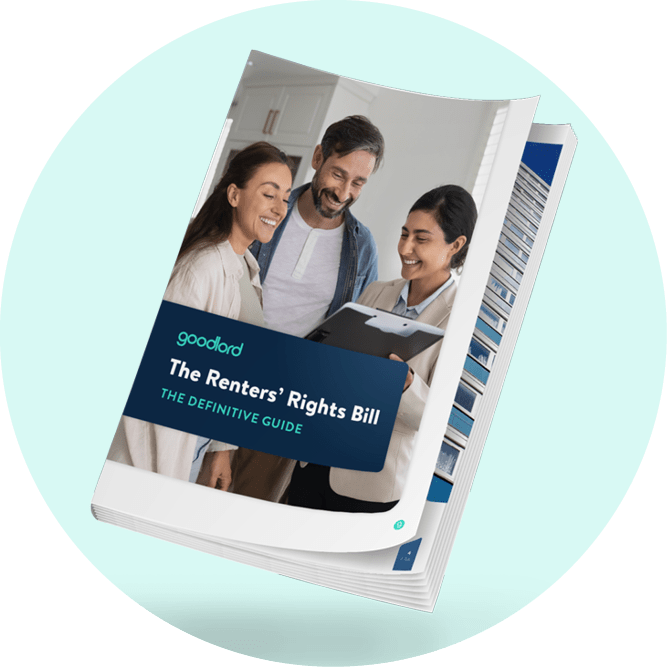Your guide to the Homes (Fitness for Human Habitation) Act 2018
The Homes (Fitness for Human Habitation) Act 2018 requires all landlords to ensure that their rental properties are fit for human habitation at the beginning of the tenancy and throughout.
The Homes (Fitness for Human Habitation) Act 2018 is a key piece of lettings legislation which has applied to almost all tenancies since 20 March 2020. The Act, which amended the Landlord and Tenant Act 1985, applies to both private and social rented housing, and requires all landlords to ensure that their rental properties, including common areas, are fit for human habitation at the beginning of the tenancy and throughout.
Application of the Homes (Fitness for Human Habitation) Act 2018
The Homes (Fitness for Human Habitation) Act 2018 applies to:
- tenancies shorter than seven years that are granted on or after 20 March 2019
- new secure, assured, and introductory tenancies granted on or after 20 March 2019
- tenancies renewed for a fixed term on or after 20 March 2019
- all periodic tenancies from 20 March 2020
The Act doesn't apply to people who have "licences to occupy", instead of tenancy agreements, which may include lodgers, some people who live in temporary accommodation, and some property guardians.
Fitness for human habitation criteria
The criteria that determine whether a property is fit for human habitation were originally set out in the Landlord and Tenant Act 1985. Landlords must ensure that their property is free of serious hazards, which would make it unsuitable for occupation in that condition. Hazards could include:
- A building that’s been neglected or is in bad condition
- An unstable building
- A serious problem with damp
- An unsafe layout
- Not enough natural light
- Not enough ventilation
- Problems with the supply of hot and cold water
- Problems with the drainage or the lavatories
- Difficulty to prepare and cook food or to wash up
Fixing hazards in rental properties
Landlords are considered responsible for the hazard as soon as they’re made aware of it by the tenant, or immediately if the hazard is located in a common area of the building. The landlord has a reasonable amount of time to fix the hazard, depending on the circumstances. Landlords will still need to give their tenants at least 24 hours’ written notice of a visit to fix the hazard, and the visit should take place within reasonable hours. If the landlord has been made aware of the hazard and is not actively trying to fix it, the tenant would be able to take their landlord to court.
The landlord isn't required to remedy unfitness when:
- the problem has been caused by the tenant's behaviour or their possessions
- the problem has been caused by an "act of god", such as a fire, storm, or flood, which is beyond the landlord’s control
- the landlord hasn’t been able to get consent (they must have evidence that they've made reasonable efforts to gain permission)
- the tenant isn't an individual, e.g. national parks, housing associations, educational institutions, etc.
Penalties if a rental property is not fit for human habitation
If the courts find that a property is not fit for human habitation, then they may require the landlord to make improvements to the condition of the property, pay their tenants' compensation, or both. There aren’t any limits on the amount of compensation that can be awarded to the tenant - this is at the discretion of the judge.
This article is based on the government’s Guide for landlords: Homes (Fitness for Human Habitation) Act 2018. It is intended as a guide only and should not be construed as legal advice.










